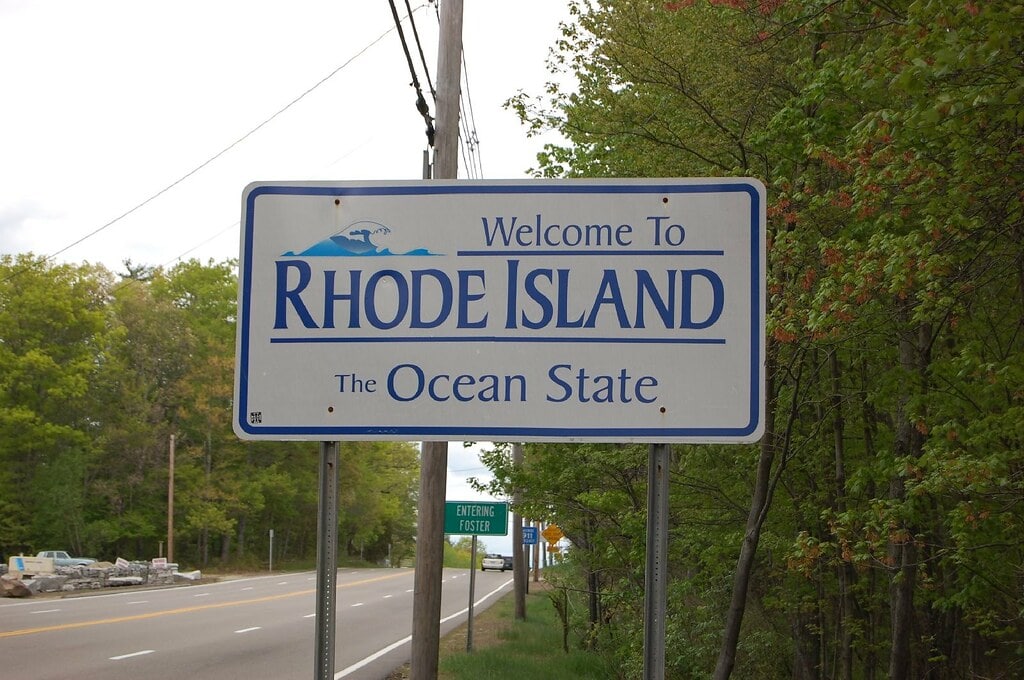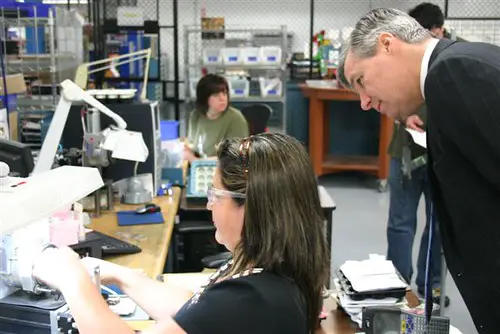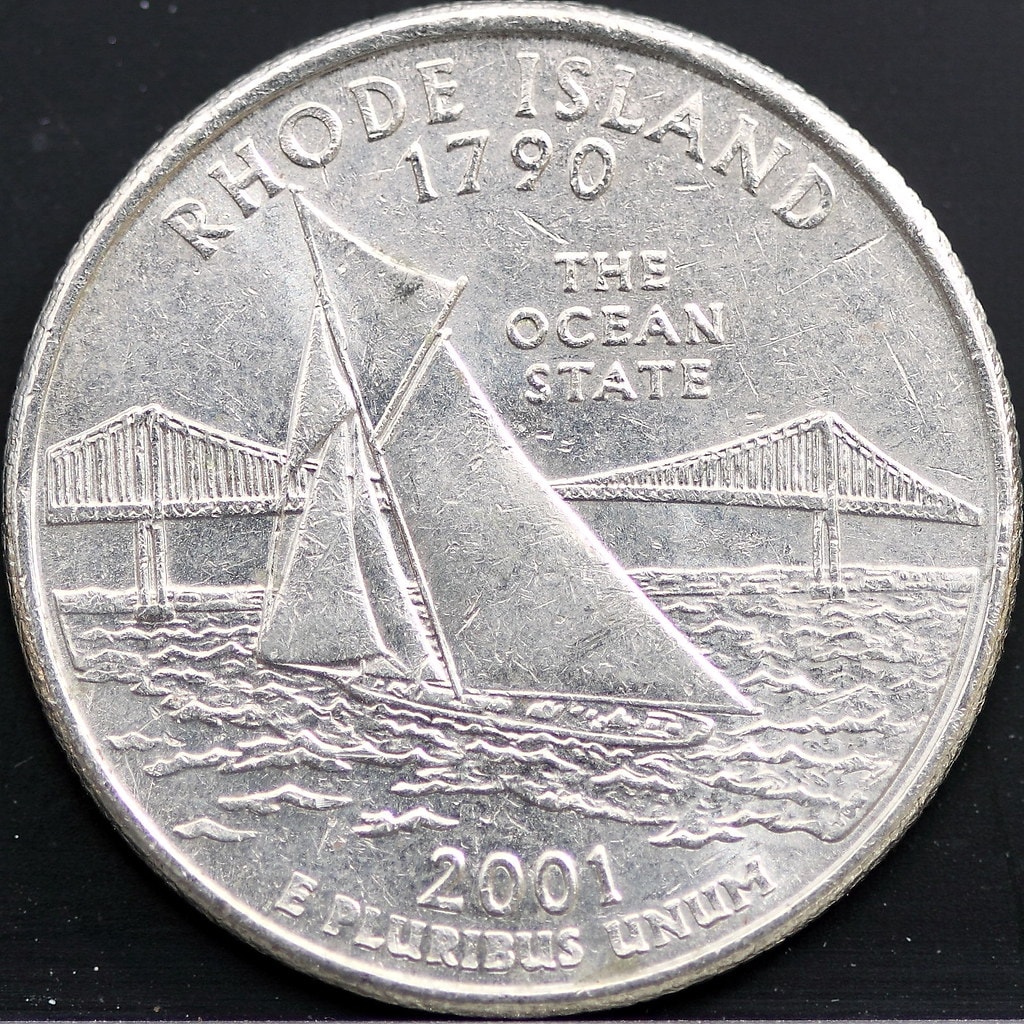Rhode Island: Wealth or Poverty? A Closer Look at the Ocean State
When thinking of Rhode Island, the smallest state in the United States, one might wonder about its economic status. Is Rhode Island a poor state, or does it hold its own in terms of wealth and prosperity? To answer this question, we need to delve into various economic indicators and consider the state’s history, industries, and challenges.
Understanding a state’s financial well-being is a complex task that requires examining multiple factors. This article will explore different aspects of Rhode Island‘s economy, from median household income and poverty rates to dominant industries and educational opportunities. By the end, we hope to paint a clearer picture of the economic reality in the Ocean State.
It’s essential to note that Rhode Island’s wealth or poverty must be considered within the broader context of the United States. Comparisons to other states and the national average will help us understand how Rhode Island fares economically. So, let’s dive in and explore the different facets of Rhode Island’s economy.
Economic Indicators
Median Household Income
One of the primary indicators of a state’s wealth is its median household income. According to the U.S. Census Bureau, Rhode Island’s median household income in 2020 was $71,169, slightly lower than the national average of $68,700. While this figure places Rhode Island in the middle of the pack compared to other states, it does indicate that the state is not among the poorest in the nation.
Poverty Rate
The poverty rate is another crucial indicator of a state’s economic well-being. In 2020, Rhode Island’s poverty rate was 12.0%, lower than the national average of 12.3%. This figure indicates that Rhode Island has a relatively average poverty rate compared to the rest of the United States, suggesting that the state is not exceptionally poor.
Unemployment Rate
The unemployment rate is a key measure of economic health, as it reflects the number of individuals actively seeking employment but unable to find work. As of September 2021, Rhode Island’s unemployment rate was 5.6%, higher than the national average of 4.8%. While this number indicates that Rhode Island’s economy faces challenges, it is insufficient to label the state as overwhelmingly poor.

Industries and Employment
Dominant Industries
Rhode Island’s economy has evolved, with various industries shaping its development. Historically, the state was a hub for the manufacturing, especially in textiles and jewelry.
Today, the dominant industries in Rhode Island include health care, education, tourism, and advanced manufacturing. These sectors provide residents with diverse job opportunities and contribute to the state’s overall economic output.
Job Opportunities
As industries shift and evolve, so do the job opportunities available to Rhode Island residents. While traditional manufacturing jobs have declined, new opportunities in technology, renewable energy, and health care have emerged.
The state has tried to develop a skilled workforce and attract businesses in these areas, fostering economic growth and creating employment options for its residents.
Shifts in the Economy
Rhode Island’s economy has experienced significant shifts over the past several decades. The manufacturing sector’s decline has led to a more service-oriented economy, with a greater emphasis on health care, education, and tourism.
This transition has presented challenges and opportunities for Rhode Island as the state continues adapting to a changing economic landscape.

Education and Opportunity
Educational Attainment
Educational attainment is essential in determining a state’s wealth and poverty levels, as it often correlates with higher incomes and better job opportunities.
In Rhode Island, approximately 33.9% of adults aged 25 and older have a bachelor’s degree or higher, slightly above the national average of 32.6%. This figure suggests that Rhode Island’s relatively well-educated population can contribute to the state’s overall economic prosperity.
Income Inequality
Income inequality is another critical aspect of a state’s economic health. Rhode Island has a Gini coefficient of 0.466, which is relatively close to the national average of 0.469.
The Gini coefficient measures income inequality on a scale of 0 to 1, with 0 representing perfect equality and 1 representing perfect inequality. Rhode Island’s score suggests that income distribution in the state is relatively average compared to the rest of the United States.
Access to Resources
Economic opportunities are often tied to an individual’s access to education, health care, and transportation.
In Rhode Island, efforts have been made to improve access to these resources, including investments in public transportation, affordable housing, and workforce development programs. The state aims to create a more equitable society and reduce poverty by addressing these issues.

Challenges and Solutions
Affordable Housing
One of the significant challenges facing Rhode Island is the lack of affordable housing. High housing costs can significantly burden low-income households, contributing to poverty and financial instability. To address this issue, the state has implemented various initiatives to increase the supply of affordable housing and provide financial assistance to those in need.
Infrastructure
Investments in infrastructure are essential for fostering economic growth and improving the quality of life for residents. Rhode Island has faced challenges maintaining and upgrading its aging infrastructure, including roads, bridges, and public transportation.
The state has recently dedicated resources to addressing these concerns and improving its infrastructure to support economic development and job creation.
Economic Development Initiatives
Rhode Island has implemented several economic development initiatives to foster growth and reduce poverty. These efforts include programs to support small businesses, attract new industries, and develop a skilled workforce. By investing in these initiatives, Rhode Island is working to create a more prosperous and equitable economy for its residents.

FAQ
How does Rhode Island compare to other states?
What is being done to address poverty in Rhode Island?
What are the main industries in Rhode Island?
-
Happy Things to Do in Warwick, Rhode Island
Places to visit in Warwick, RI. There are a variety of things to do in Warwick, Rhode Island. This city has several state parks, beaches, and museums. It is also close to Providence and Newport. You can find some great dining options, including seafood. When you travel to Rhode Island, Warwick may be one of…
-
Things to do in South Kingstown, Rhode Island
South Kingstown, Rhode Island, is a vibrant and picturesque town in Washington County. With its stunning natural beauty, rich history, and thriving cultural scene, South Kingstown is a fantastic destination for visitors of all ages and interests. South Kingstown’s standout attractions are its stunning coastline and beaches. The town is home to some of the…
-
Things to do in Watch Hill, Rhode Island
Watch Hill is a charming coastal town in the southern region of Rhode Island. Known for its stunning scenery, including pristine beaches, rolling hills, and a historic lighthouse, It is a popular destination for tourists and locals alike. The town is also home to many cultural and recreational attractions, making it an ideal location for…
-
Things to do in Tiverton, Rhode Island
Tiverton is a charming coastal town in the southeastern part of Rhode Island. Tiverton is a popular destination for tourists and locals alike because of its scenic beauty and rich history. With its rolling hills, pristine beaches, and beautiful parks, Tiverton offers a wealth of outdoor activities for visitors to enjoy. In addition to its…
-
Proven Things to Do in Narragansett, Rhode Island
Places to visit in Narragansett, RI. Narragansett, Rhode Island, is a town in Washington County. It is a small town with a population of about 15,000 people. The town’s population increases more than doubles during the summer months. The town of Narragansett, RI, offers many things to do. This beautiful seaside town is the perfect…
-
Selected Things to Do in Cranston, Rhode Island
Places to visit in Cranston, RI. Located in Providence County, Rhode Island, Cranston is a tourist-friendly city. It’s an excellent place for a family vacation or a solo getaway. The town is known for its museums, parks, and restaurants. Museums include the Museum of Natural History and Planetarium. Rhode Island’s only natural history museum, this…
